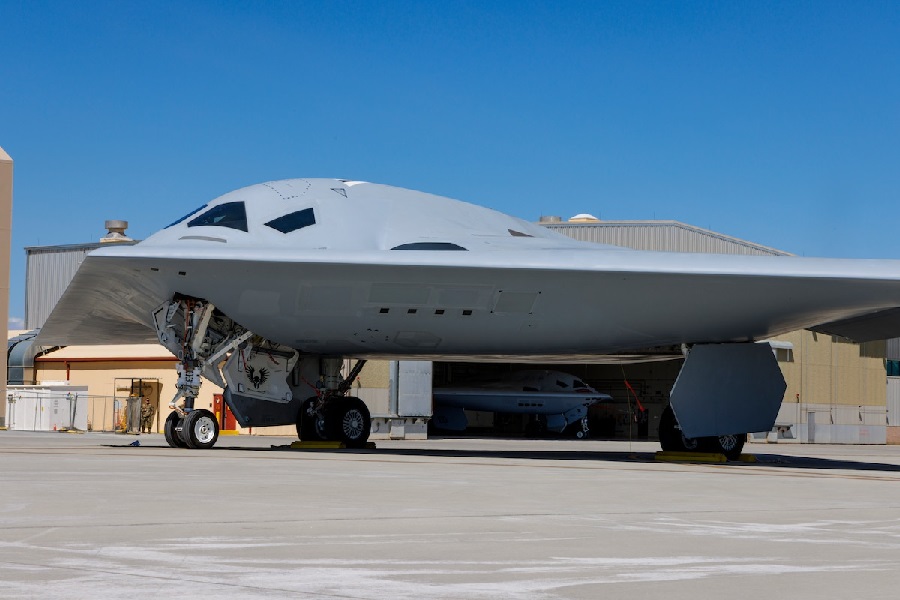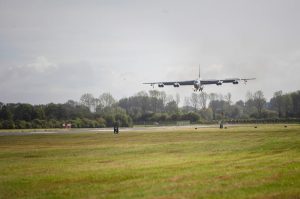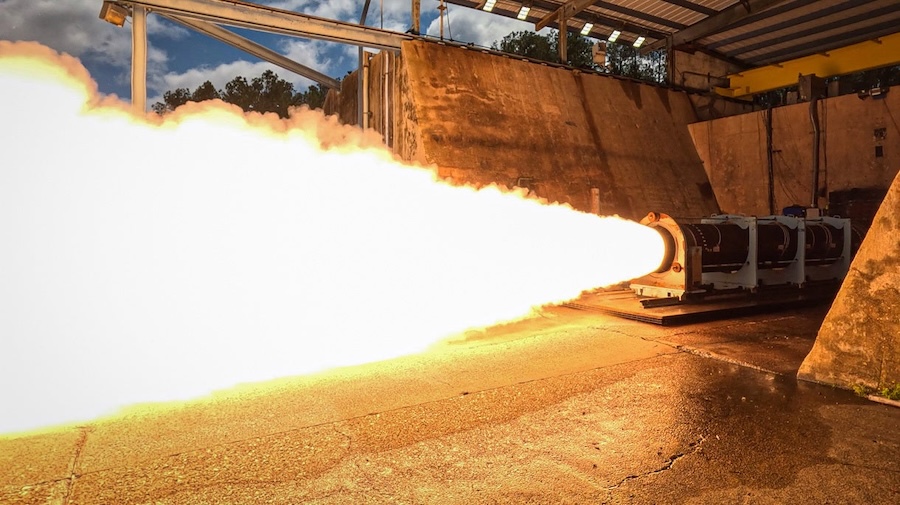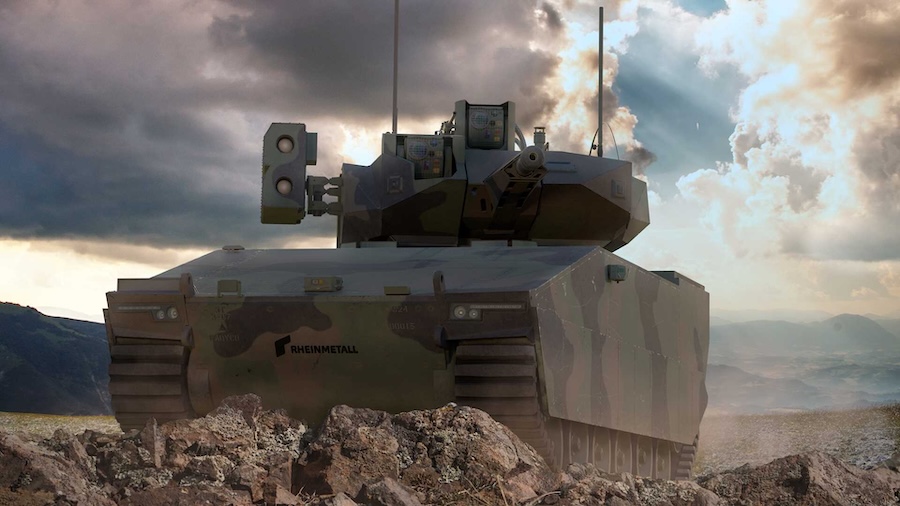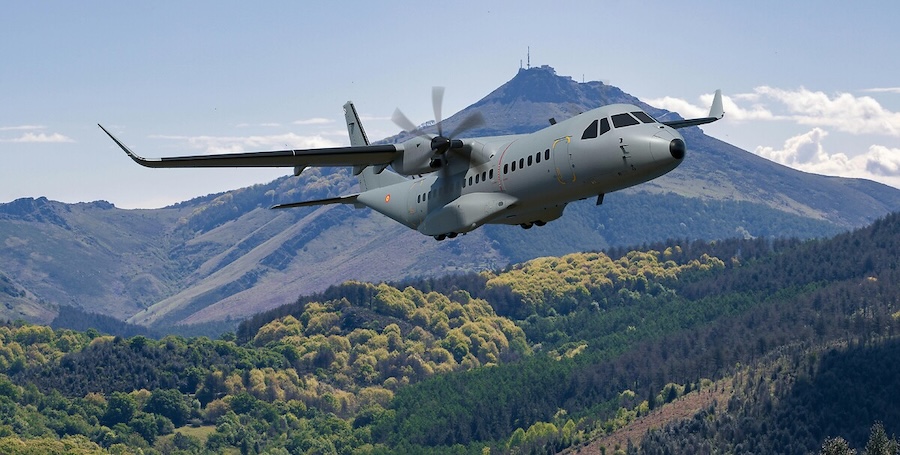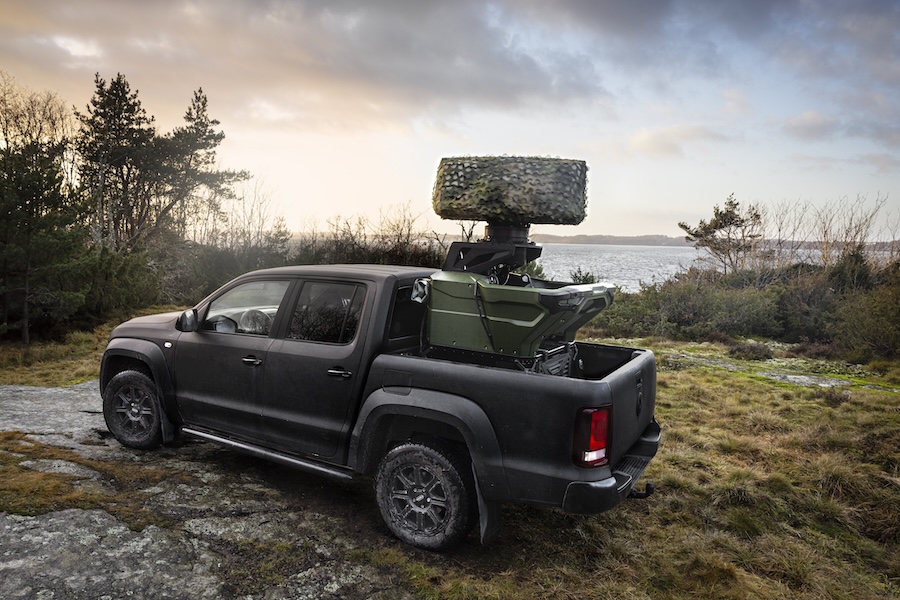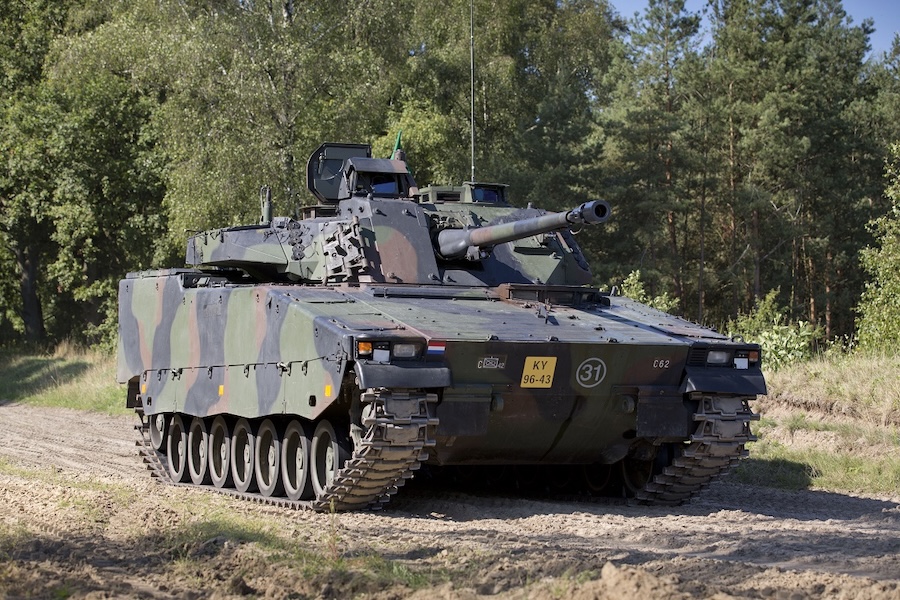Speaking during Northrop’s third-quarter earnings call, Warden said the second B-21 began flight testing in September, advancing the programme’s test campaign from flight handling to “integrating weapons and mission systems.” She added, “Our testing campaign also involves multiple B-21 aircraft undergoing ground tests prior to flying, which is validating performance and minimizing risk.”
Warden noted the progress positions the Air Force to award Lot 3 low-rate initial production (LRIP) and Lot 5 advanced procurement contracts by the end of 2025. “We are in active discussions with the customer that would enable that acceleration of production rate,” she said, referencing the US Congress’s earlier provision of $4.5 billion for B-21 production expansion.
While negotiations are ongoing, Warden explained that the pace of discussions had been delayed due to the US government shutdown. “We are in the midst of those discussions. They’ve been held up a bit because of the government shutdown and the availability of resources to continue those discussions during this time, but we expect those to resume, and we still expect that in the coming months, we would have more clarity on what that acceleration might look like.”
If an agreement is reached, Northrop could see improved financial outcomes. “We expect to deploy additional investments to achieve the increased rate, with the opportunity to earn improved returns,” Warden said, suggesting the company might be able to raise its per-unit earnings. However, she stressed that expanding production capacity is separate from discussions about increasing the total number of aircraft to be procured, stating, “That would be a separate discussion.”
The B-21 programme has so far operated at break-even levels for Northrop, which is building early lots on a fixed-price basis. The company reported a $477 million loss in April linked to a “process change” aimed at accelerating production. Warden reiterated that increased production would initially raise sales with “zero margin,” but longer-term returns are expected to balance the upfront investment. “We would expect to have increased returns to offset the cost of that additional investment,” she said.
Chief Financial Officer Ken Crews said Northrop “reviewed our estimate to complete the [low rate initial production] phase of the B-21 program, and made no significant changes to the previously recognized loss.” He added that while test aircraft costs were higher than anticipated, a “contract restructure” helped offset the impact on LRIP projections.
Warden also stated that expanded B-21 production has not been factored into Northrop’s forward-looking growth estimates. This also applies to potential success in the Navy’s F/A-XX programme, part of the Next-Generation Air Dominance initiative, for which Boeing secured the Air Force version earlier this year. “It would be development revenue, which tends to be lower margins than our overall…but it is a cost-plus program, so we expect reasonable return if we were to win that program, and it would require some investment,” Warden said.
Source: Air & Space Forces Magazine.




